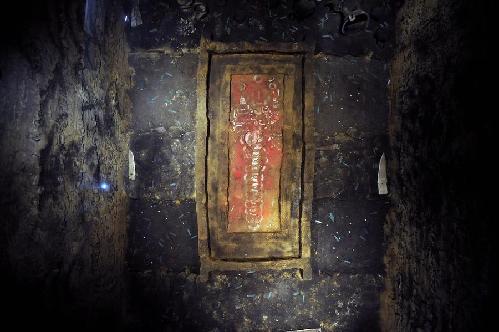Jin Kingdom Museum, the first large-scale historical site museum in Shanxi province, opened on June 14, or Chinese Cultural Heritage Day. The museum is located in Qucun village, Qu’wo county, Linfen city.
The Jin Kingdom was one of the five powers (Qi Kingdom, Song Kingdom, Jin Kingdom, Qin Kingdom, Chu Kingdom) during the Spring and Autumn Period (770-476 BC). The kingdom is said to date back roughly 3,000 years ago, and the longest-surviving among the five powers. The Jin Kingdom covered most of the land in present-day Shanxi and Hebei provinces and extended to the west bank of Yellow River in the west and north territory of Henan province to the south.
Construction of the museum, which is located on the site where the relics were found, began in August 2009. It covers an area of 14.66 hectares, is supported by an investment of 198 million yuan ($31.8 million) and is divided into three exhibition halls that feature the history of the Jin State, a chronology of the unearthing of the relics, and details about how the relics are being protected.
There are more than 1,000 valuable cultural relics on display that were excavated from the graves of Jin governors, which are made of bronze, jade, stone and bone.
In the center hall are nine preserved graves of nine Jin kings. Eight of them were buried with their wives. The relic hall of the museum includes the largest chariot pit in Western Zhou Dynasty (c.11th century-771BC), built 600 years before the Terracotta Warriors.
There are 48 chariots used by Marquis Xian of Jin during his lifetime and 105 horses buried in sacrifice in the chariot and horse pit, which is 21 meters by 15 meters. It is the largest of its kind from the Shang and Zhou dynasties discovered so far in China.
 |
|
Tomb of the wife of Marquis Mu of Jin. [Photo/Xinhua] |